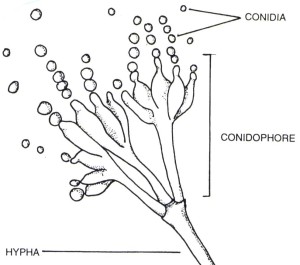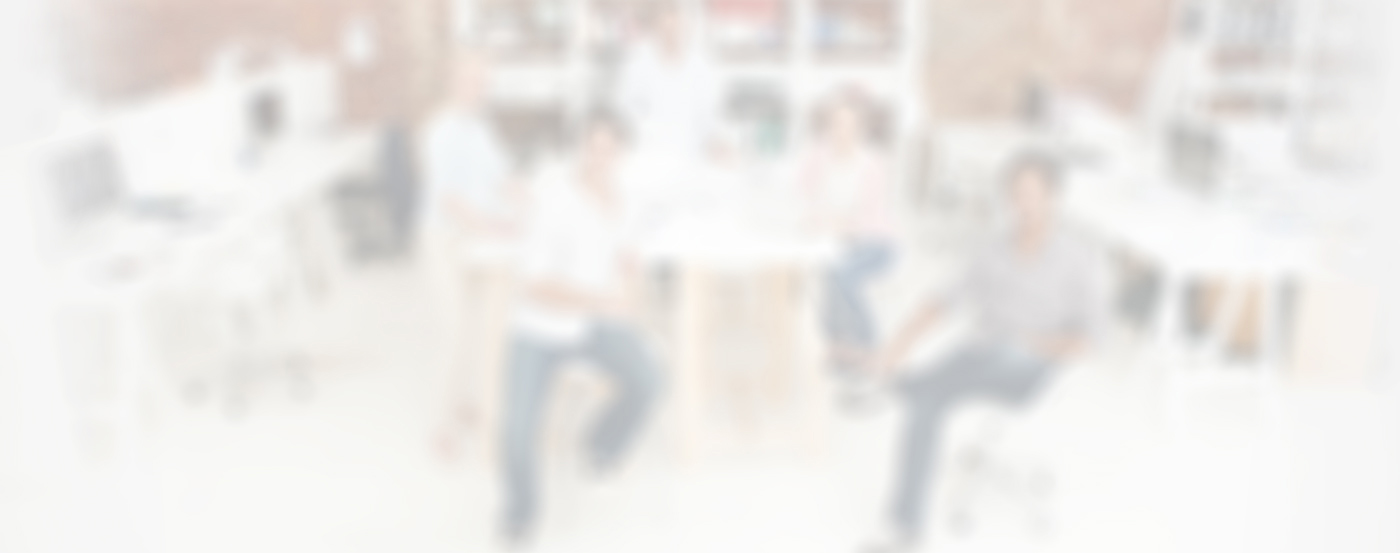What does this mean?

First, identification of the mold is necessity. There are various other elements that can look like mold, but are normal everyone dirt or grime. Look for visible mold growth (may appear cottony, velvety, granular, or leathery and have varied colors of white, gray, brown, black, yellow, green). Mold often appears as discoloration, staining, or fuzzy growth on the surface of building materials or furnishings. If you discover visible mold growth, it will be best to call mold remediation professionals, like The Contents Specialists, to analyze the growth and have it tested to identify the type of mold. Various types of mold have different health detriments and cause varying degrees of damage to contents. In some cases, an air sample may be needed to identify the level of spores in the area, in various areas of the property.
Spores have created living-bacteria that is growing, feeding on the organic matter and proteins of the area.
Thrives in an area with humidity levels upwards of 65%, but has been found in areas with lower humidity levels.
If environment and food supply allows, mold will continue to grow exponentially.
What is the hazard?
Health – Mold can cause a variety of health concerns, depending on the severity, type and disturbance. Mold has a multitude of spores called “condia” that can be introduced into the air if slightly disturbed. This Condia can get into the lungs, eyes, ears and throat and cause health issues. The inhalations of certain types of mold Condia can be 90% worse than injection.
The reason that the mold needs to be Remediated (removed from the property with the most removal as possible) is because even when mold spores have been killed with an anti-microbial, they can still be harmful. It is necessary to not only kill the spores, but ensure you are removing them with little to no spores left over at the end of the process.
The longer the mold grows on an item, the more is affects the items, eventually causing irreparable damage. As the mold grows, it grows in a 360 degree range, this means the mold grows across the contents, away from the contents, and into the material of the contents. The longer a mold has burrowed it’s way into a material, the less likely it is to full remediate the spores.
What needs to be done?
Area needs to be cleared of any potential disturbance that may spread the airborn spores of the mold to other areas. A contamination of the area will be set up to ensure that the mold is not spread to other parts of the house, cross-contaminating them with the airborne spores. Then the mold is killed with an anti0microbial and removed utilizing a heap-vacuum to minimalize the chance of stray spores staying on the item. Once the mold is properly removed and the contents have been treated with anti-microbial, the contents are able to be removed from the property and brought to our Technical Cleaning Facility for further cleaning and processing.
What happens if it is not done?
If the mold is not addressed, or is addressed improperly; mold will continue to grow and there is a high chance of cross-contamination into other areas and onto other items. Because the spores are so easily disturbed and then distributed via airborne movement, when an unqualified person tries to clean the area, they are only further contaminating the area and presenting potential health risks to themselves and others.
If not addressed at all, the mold will continue to grow and live off of the contents’ material, causing irreparable damage. The only true and proper way to take care of mold, with peace of mind, is to have qualified specialists perform the necessary steps to ensure that there isn’t cross-contamination and further damage.
